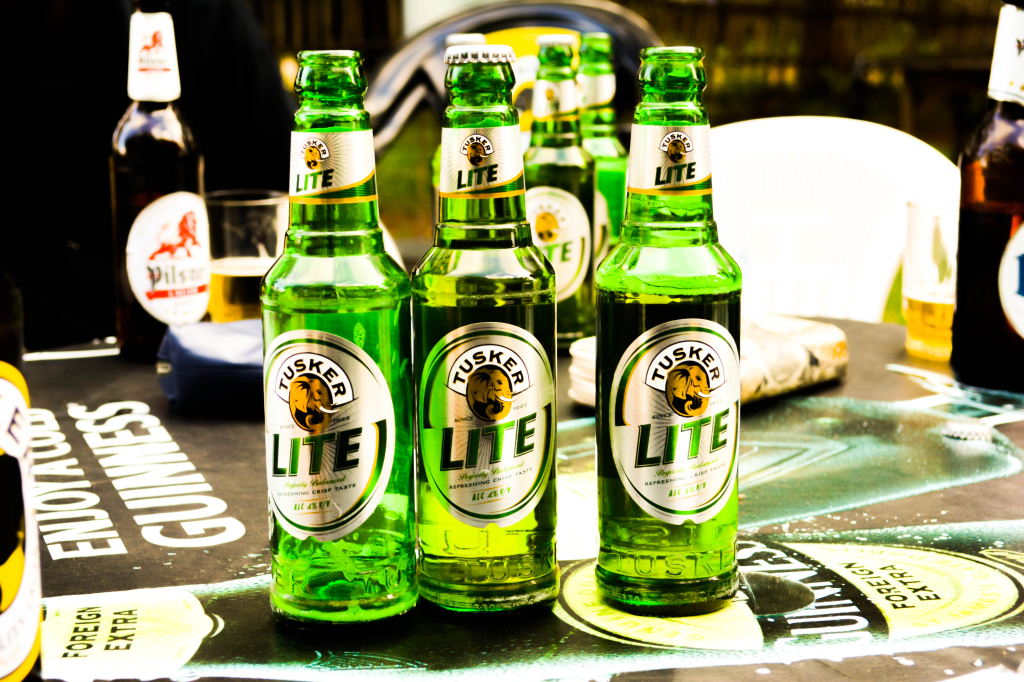Beer 101 sounds like the name of a boring unit of a beer course right? However, sometimes it does not hurt to know what you are drinking. Today, I will relay interesting facts that you did not know about that brown, frothy liquid that Kenyans love so much. I hated beer but last year, I came across different brands of beer that I like. I order beer when I am having a drink with a much relaxed crowd, like my friends, cousins and brothers. I’m not all about wine. This year, I intend to try some craft beer because I cannot say that I am the expert when it comes to craft beer.
There is a bewildering array of beer in the Kenyan market ranging from EABL beers(Tuskers, Pilsner, Guinness etc). I think that these take the larger percentage in terms of consumption. Take a brisk walk in the supermarket/ liqourstore… There are shelves of other beers in the market like Heineken, Desperados etc. By the way, did you know that Carlsberg beer is in Kenya and it is distributed by King Beverage which is a wholly owned subsidiary of Centum Investments Company Limited? I’ll write a post about that soon.
Back to class: Beer falls into two broad categories. These are Ales and Lagers. The difference comes in the yeast. In Ale, the yeast floculates at the top of the tank during fermentation. The temperatures of the yeast in Ale are usually 60-62 degrees F. In Lagers the yeast thrives at lower temps of 46 to 55 degrees F . The yest in Lagers floculates at the bottom, of the tank. After the fermentation process ales age for less than a couple of weeks at 40 to 55 degrees Fahrenheit. Lagers are aged in the same way for many months but at temperature of 32 to 45 degrees Fahrenheit in a process called called lagering. Lagering creates a clean/clear beer.
Lagers are clean, refreshing beers with typically light aroma and flavor. They taste best when served cold and can pair easily with a wide variety of food. Ales on the other hand are complex, flavorful beers. They are best served at room temperature and there is no need to cool/chill them .They have a rich aroma and flavor. they are harder to pair with foods but when you get the pairing right, you will love them.
It is hard to tell the difference without reading the label. Eg Tusker reads, ‘Tusker lager‘. However, a more refined palette can tell the difference.
Now you know!
You can also read about beer styles here.
Reference 1.







